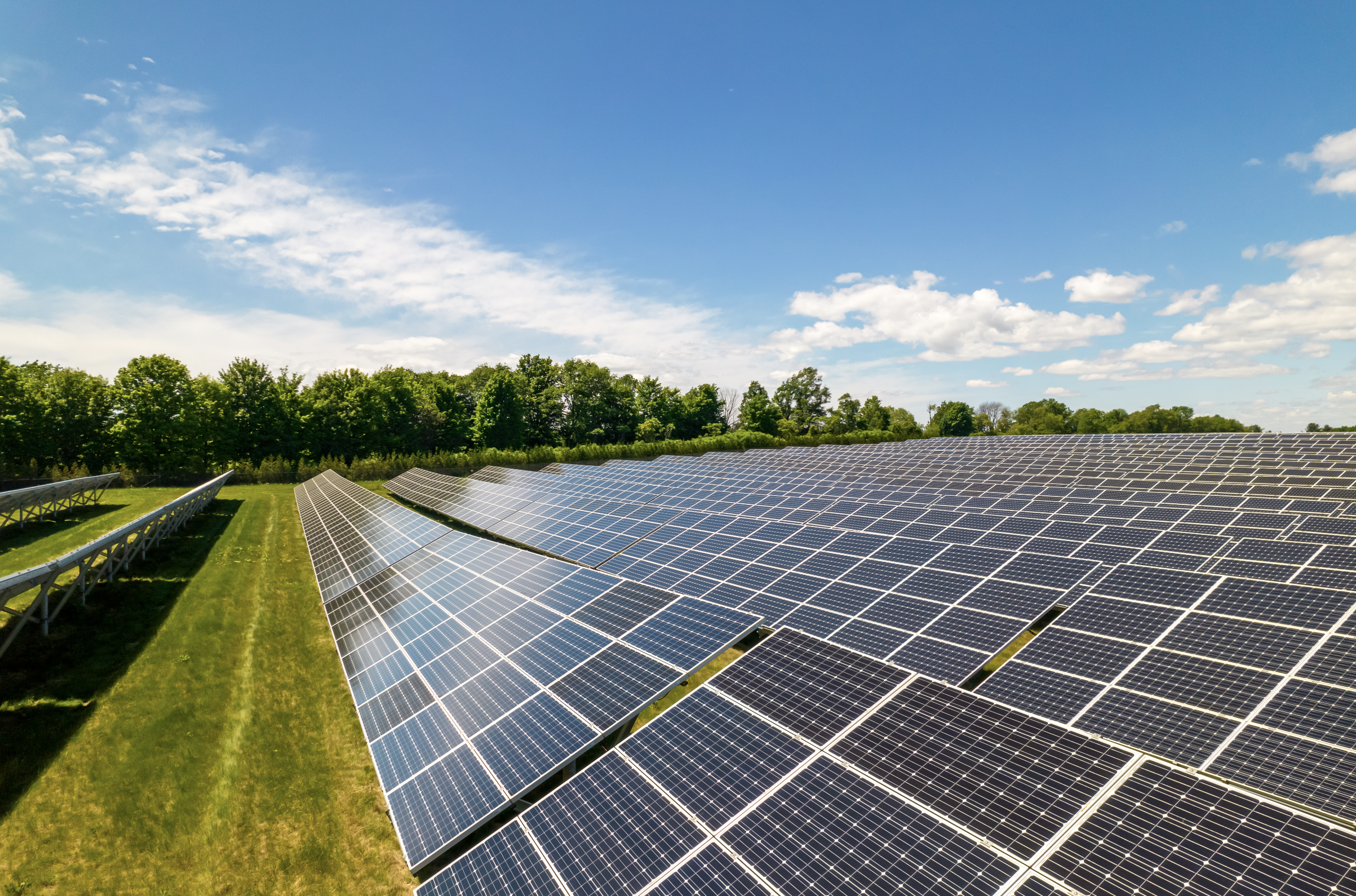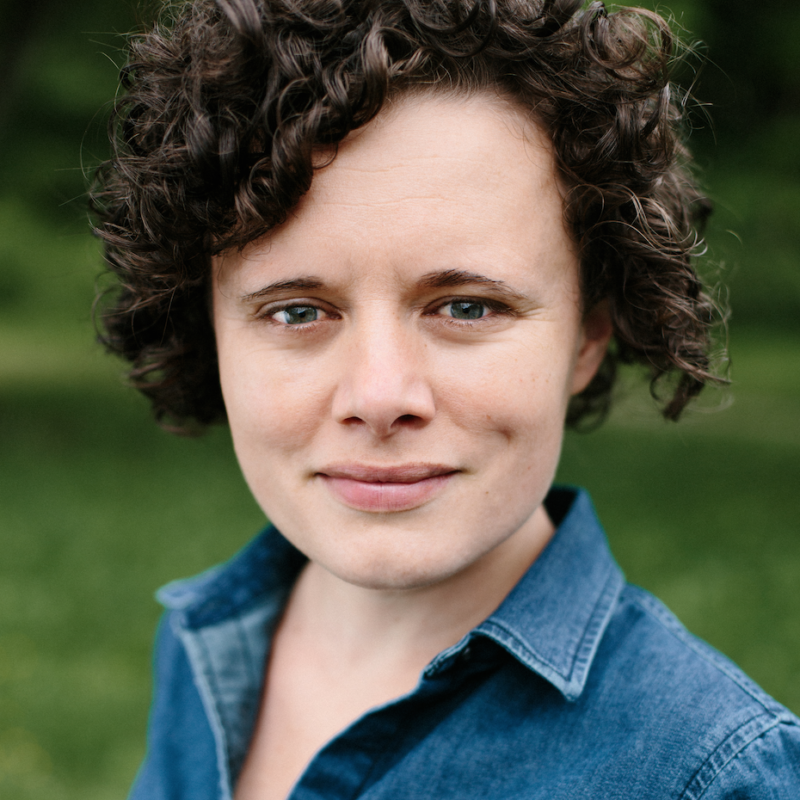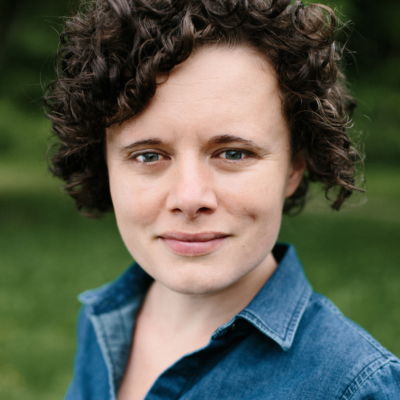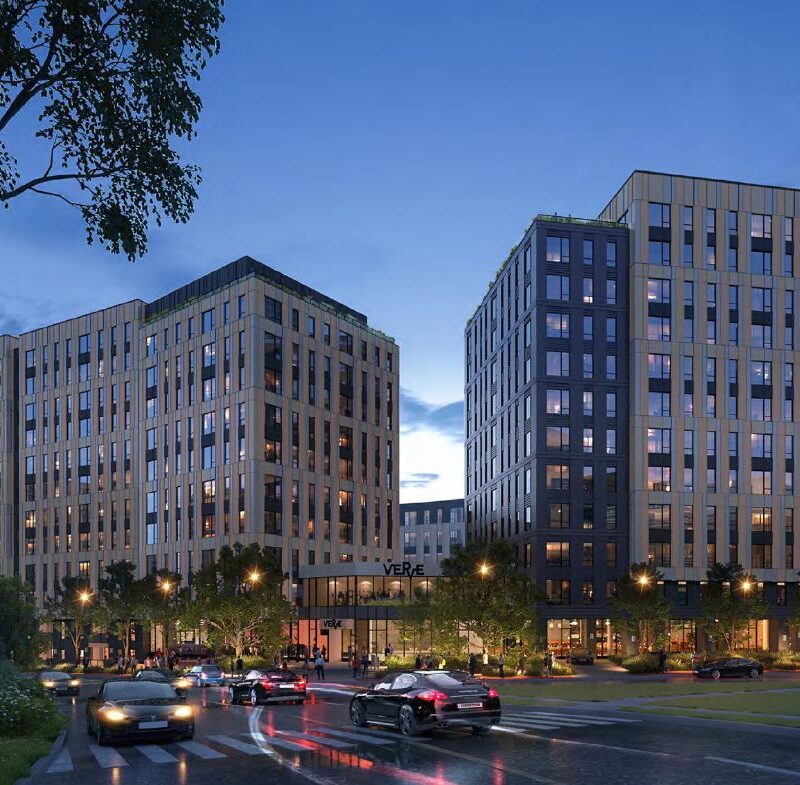Albemarle property owners who want to install solar-energy facilities or battery-storage systems now have an easier pathway to do so.
At its July 16 meeting, the Board of Supervisors adopted a new ordinance regulating solar facilities as well as battery-energy storage systems.
Under the new regulations, “accessory” energy facilities are allowed in any zoning district without permission from the BOS, as long as the installations are smaller than 500 square feet. In the rural area, solar installations could be on as much as 21 acres without getting legislative approval, unless more than 10 acres of forest or prime farmland would be disturbed.
There is a height limit of 20 feet.
“What we’re trying to do is reach a happy medium there that it’s high enough, should they want to use sheep, for example, underneath and to allow them to mow and maintain, but not so high that you have runoff from the panels falling at speed, creating an erosion problem,” said Bill Fritz, development process manager for Albemarle County.
The new rules also create several new definitions to regulate the impact that solar installations have on the environment, such as “wildlife corridor” to allow animals to move through a project. That also means fences have to allow some creatures to move through the space while also allowing deer to be screened out to keep them from becoming trapped.
Larger solar facilities in the rural area and industrial zoning districts would need a special use permit, the same as before, and there are regulations that would prevent them from being placed on areas with important soil.
Ground-mounted solar facilities above two acres in size must be fenced in. They also must become “gold-certified” through the Virginia Pollinator Smart program run by the state government. If any of the facilities become operational, they must be removed within six months.
“They need to submit a decommissioning plan,” Fritz said.
Several speakers who work for the Community Climate Collaborative took the opportunity to thank the county for considering the update.
“I have solar panels on my roof and the peace of mind it gives me to use clean energy in my home and for my electric vehicle is amazing,” said Sarah Delgado, C3’s finance and operations manager.
The coordinated effort by the nonprofit group allowed for it to continue to lobby for changes during the public hearing.
“I urge you to remove the height restrictions on solar panels … since relaxed height restrictions allow for increased design flexibility and the incorporation of agrivoltaic projects,” said Reid Krobach, a C3 intern and rising 11th grader at the Community Lab School.
Others expressed environmental and health concerns about allowing battery-energy storage facilities in the rural area.
“The chemicals these batteries are made of are toxic and flammable,” said Patricia Maeda, who lives adjacent to a large solar site off of Secretarys Road. “If there’s a spark, a lightning strike, it could start explosions.”
Fritz said solar installations would be subject to the building code, which addresses access for the fire department as well as what fire suppression equipment would be required on site.
After a lengthy public hearing, supervisors debated several proposed amendments. White Hall District’s Ann Mallek wanted to reduce the total acreage allowed by-right in the rural area to five acres. However, a majority accepted keeping that at 21 acres.
Another requirement in the ordinance is that land that has been farmed within the past five years is not eligible for solar panels, in order to discourage conversion of usable agricultural land. The draft proposal had set that threshold to 10 years, but supervisors agreed to make the change.






